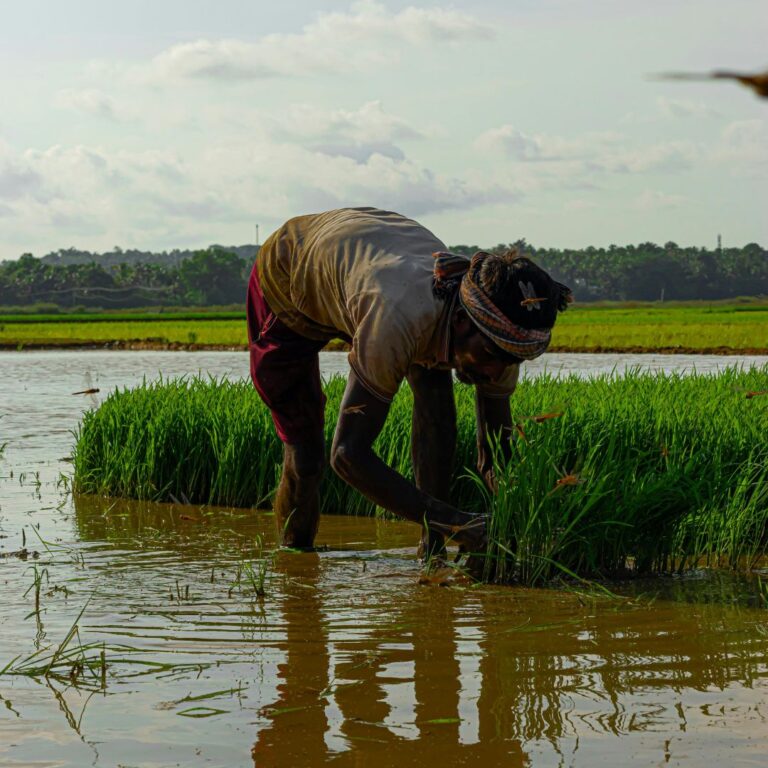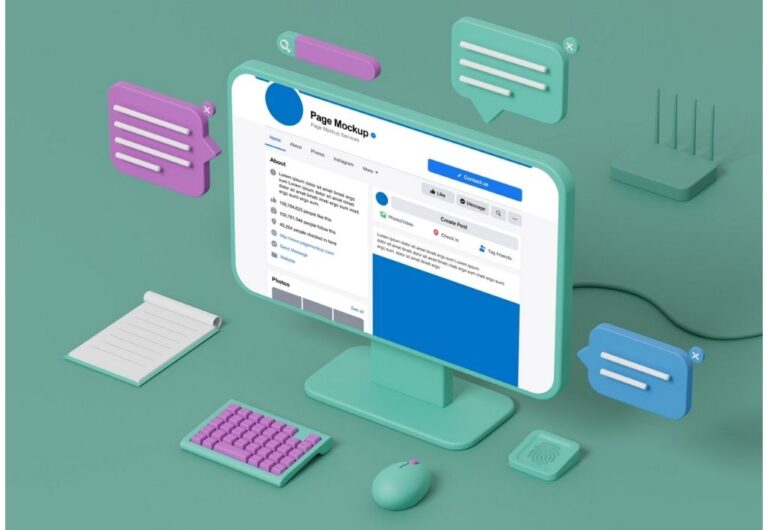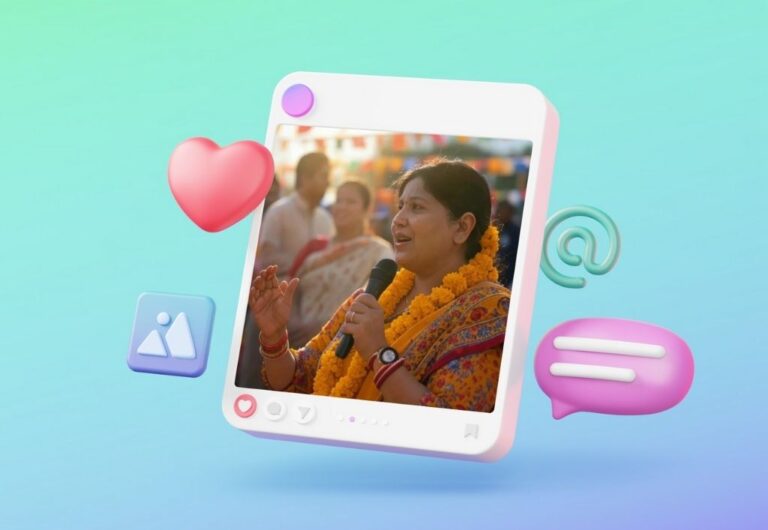Introduction
The 2025 Indian general elections will be unlike any before, with social media taking center stage in political discourse, voter mobilization, and election strategies. With over 500 million active social media users in India, platforms like WhatsApp, Facebook, Instagram, YouTube, and Twitter (X) have become crucial tools for political parties.
From real-time engagement with voters to data-driven micro-targeting, social media has become a double-edged sword—a tool for democratic participation as well as a battleground for misinformation. This article examines how social media is shaping Indian elections, influencing political parties, and impacting voter behavior.
The Digital Transformation of Indian Politics
The Evolution of Social Media in Indian Elections
The 2014 general elections were India’s first “social media election,” with Narendra Modi and the BJP leveraging platforms like Facebook, Twitter, and WhatsApp to reach voters. By 2019, social media had become the primary battleground for political messaging, and by 2024, it played an even bigger role, with advanced AI-driven campaigns, influencer marketing, and WhatsApp-based voter outreach.
Social Media Statistics in India (2024-2025)
- WhatsApp – 400+ million users (key tool for grassroots mobilization)
- Facebook – 350+ million users (widely used for political ads)
- Instagram – 180+ million users (targeting young and urban voters)
- Twitter (X) – 30+ million users (shaping political narratives)
- YouTube – 450+ million active users (key platform for long-form political messaging)
These numbers highlight why social media has become an essential part of modern electioneering.
[ays_chart id=’3′]
How Political Parties Use Social Media to Influence Elections
BJP’s Social Media Strategy: A Digital Powerhouse
2014 General Elections: The Beginning of the Digital Era
- Narendra Modi’s campaign was the first in India to use social media extensively.
- The “Chai Pe Charcha” initiative allowed Modi to engage with voters directly.
- Mass WhatsApp groups were created to spread messages rapidly.
2019 General Elections: Digital Expansion
- The NaMo App became a key campaign tool for BJP.
- Twitter trends and hashtag campaigns (e.g., #ModiOnceMore) shaped public narratives.
- AI-powered voter outreach targeted specific demographics.
2024 General Elections: High-Tech Warfare
- Women-focused digital campaigns helped the BJP mobilize female voters.
- YouTube influencers were hired to push pro-BJP content.
- AI-powered analytics tracked voter sentiment and adapted campaign strategies in real time.
- Example: BJP’s IT cell ran personalized WhatsApp messages to undecided voters based on data-driven predictions.
Congress & Opposition Parties: Catching Up in the Digital Space
Congress’s Digital Shift
- The INC was initially slow to adopt digital strategies but ramped up efforts after 2019.
- Priyanka Gandhi Vadra’s Instagram engagement brought in young voters.
- Rahul Gandhi’s YouTube & Twitter campaigns focused on long-form storytelling.
- Hashtag campaigns like #SpeakUpIndia targeted youth and first-time voters.
Aam Aadmi Party (AAP): The Social Media Underdog
- AAP relies heavily on social media for grassroots mobilization.
- Crowdsourced campaign strategies engage voters directly.
- Delhi elections (2020): AAP used WhatsApp and Facebook Live to counter BJP narratives.
Regional Parties: Digital Expansion
- DMK in Tamil Nadu & TMC in West Bengal have aggressively used social media.
- Example: Mamata Banerjee’s #KhelaHobe campaign went viral, helping TMC in the 2021 Bengal elections.
- Regional parties are now investing heavily in influencer-driven campaigns.
How Social Media Influences Voter Behavior
1. Voter Awareness & Engagement
- Political parties use Facebook, Instagram, and YouTube to explain policies in short, engaging formats.
- Live-streamed rallies & Q&A sessions allow voters to interact directly with leaders.
2. Data-Driven Micro-Targeting
- Parties analyze voter data from social media interactions.
- Personalized political ads target voters based on age, location, and preferences.
- Example: BJP’s AI-powered campaign in 2024 used sentiment analysis to target swing voters.
3. WhatsApp: The Political Battleground
- Largest direct outreach tool in India (400+ million users).
- Used for coordinated propaganda and misinformation (often difficult to regulate).
- Example: Before elections, thousands of WhatsApp groups are created to spread political narratives.
4. Misinformation & Fake News: A Growing Threat
- AI-generated deepfake videos are becoming common.
- False claims are often spread on WhatsApp and Facebook.
- Example: A fake news campaign targeting Congress in 2019 spread fabricated stories about Rahul Gandhi.
Major Social Media Campaigns That Changed Elections
1. BJP’s #MainBhiChowkidar Campaign (2019)
- Massive Twitter trend positioning Narendra Modi as India’s “watchman” against corruption.
- Millions of BJP supporters added “Chowkidar” to their social media names.
2. Mamata Banerjee’s #KhelaHobe (2021)
- Viral slogan “Khela Hobe” (The Game is On) became a battle cry against BJP.
- Mass social media engagement helped TMC dominate Bengal elections.
3. AAP’s #Mufflerman Campaign (2020 Delhi Elections)
- Arvind Kejriwal embraced his “Mufflerman” image on social media.
- Used humor and relatability to win over voters.
4. Congress’s #SpeakUpIndia (2020-2021)
- Targeted youth and first-time voters.
- Focused on government accountability and job creation.
Challenges & Ethical Concerns
1. Fake News & Deepfakes
- AI-generated deepfake videos can manipulate voter perceptions.
- WhatsApp is flooded with misleading political messages.
- Example: Fake videos during the 2019 Pulwama attack elections impacted voter emotions.
2. Political Ads & Unchecked Spending
- Facebook & Google ad spending transparency remains weak.
- Parties spend millions on targeted online ads, raising concerns about fair play.
3. Echo Chambers & Polarization
- Social media algorithms reinforce biases, limiting exposure to diverse perspectives.
- Example: BJP’s IT cell controls massive online networks that create pro-government narratives.
Future Trends: Social Media in the 2025 Elections
1. AI & Machine Learning in Election Campaigns
- AI-powered chatbots for voter queries.
- Sentiment analysis to track voter emotions in real time.
2. Deepfake Detection & Fact-Checking Tools
- Meta (Facebook) and Google are introducing deepfake detection technologies.
3. Influencer Marketing in Political Campaigns
- Political parties partnering with Instagram & YouTube influencers to sway young voters.
- Example: BJP’s use of YouTube influencers in 2024 helped them reach urban middle-class voters.
4. Short-Form Video & Reels Domination
- Instagram Reels, YouTube Shorts, and TikTok (if reinstated) will drive voter engagement.
Conclusion
Social media has fundamentally transformed Indian elections. From mobilizing voters to shaping public discourse, its role in 2025 elections will be bigger than ever. While it has empowered voters with information, it has also spread misinformation and polarization.
Call to Action
- Voters must verify news before sharing.
- Engage in fact-checked political discussions.
- Follow reliable sources and vote based on policies, not propaganda.




